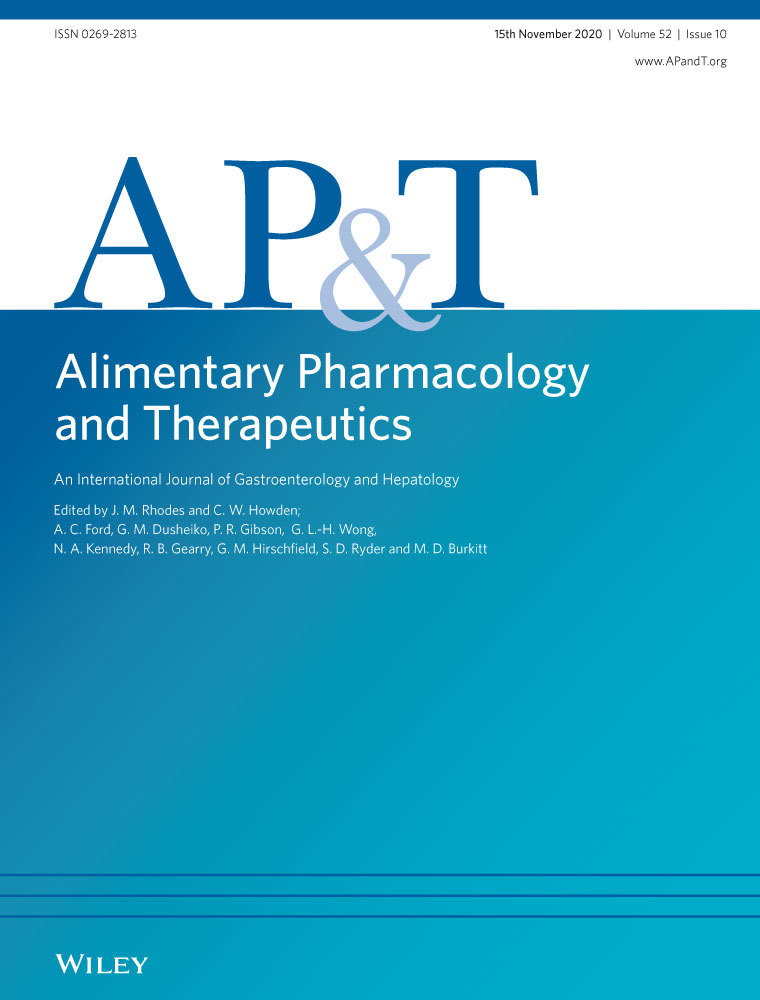Letter: substantial under-diagnosis of NAFLD – more efforts are needed globally
Abstract
LINKED CONTENT
This article is linked to Canbay et al paper. To view this article, visit https://doi.org/10.1111/apt.16016
EDITORS,
Canbay et al1 recently reported on the patterns and predictors of mortality and disease progression among patients with non-alcoholic fatty liver disease (NAFLD) in Germany. They concluded that the probability of all-cause mortality consistently increased with NAFLD progression during a five-year follow-up with a substantial increase in the first year after the first diagnosis of NAFLD, cirrhosis, and hepatocellular carcinoma. However, the accuracy of NAFLD diagnosis and disease progression was uncertain because this was a retrospective study relying on an insurance claims database lacking relevant laboratory and clinical data to identify the disease and severity.2 The study found a 4.7% prevalence of NAFLD.3
As such, the mortality and progression of NAFLD results presented in this study were based on the small subset of “diagnosed” NAFLD, which may not be generalisable to the overall NAFLD population and warrant caution in their interpretation. However, despite these limitations, and as the authors note, their end results in regard to the direction and speed of disease progression are similar to what others have reported. Therefore, the authors should be commended for reporting the rate of NAFLD progression as these are needed for different populations to better understand the natural history of this global disease.
What seems clear is the very low diagnosis rate of NAFLD in this large cohort of insured German patients (only 4.7%, while that in Europe was 24% in a recent systematic review and meta-analysis of global NAFLD prevalence 3). While sobering, this low diagnosis rate of NAFLD is in line with findings from a recent population-based study from the US, where only about 5% of persons with NAFLD were aware of having a liver disease.4, 5 In that study, NAFLD participants (diagnosed via the fatty liver index) were asked “Has a doctor or other health professional ever told you that you had any kind of liver condition?”; participants answered yes or no. Only about 5% of these 4500 NAFLD participants answered yes. The liver disease awareness rate seen in this US cohort was even lower than the diagnosis rate reported by Canbay et al. This could be due to poor recall of patients who were probably asymptomatic and may have forgotten the diagnosis that their care providers had previously discussed with them. These observed poor diagnosis and disease awareness rates may also reflect the low level of awareness among healthcare providers, which can lead to poor screening practices for at-risk patients and suboptimal management of those with known NAFLD. Together, these data suggest that NAFLD is substantially underdiagnosed in different areas of the world. More efforts are needed to identify patients with NAFLD, so that appropriate monitoring and treatment can be implemented.
ACKNOWLEDGEMENT
Declaration of personal interests: Mindie Nguyen has served as a consultant and an advisory board member for Jansen, Gilead, Intercept; Research support: Gilead, Pfizer, Enanta.
Declaration of funding interests: None.




